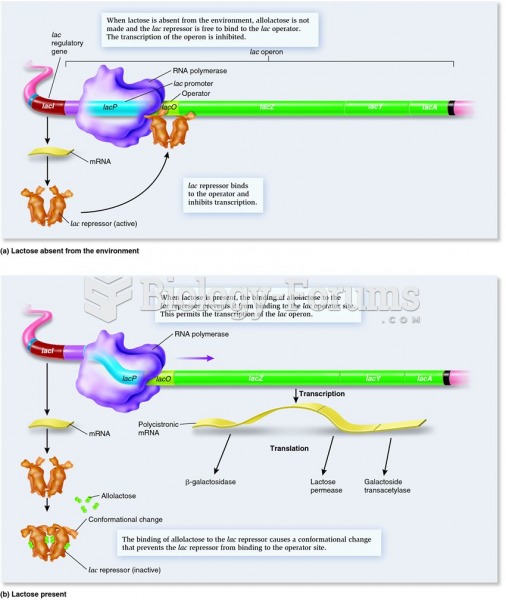Answer to Question 1
Possible negative effects of the exclusionary rule include:
court delay
diversion of resources from trials to suppression hearings
weakening of the Fourth Amendment guarantees by judges reluctant to exclude
evidence
encouragement of plea bargaining
empowerment of corrupt police officers to immunize criminals by botching searches
imposition of extrajudicial punishment by officers who find themselves unable to
secure convictions lawfully
fostering false testimony by police officers
Answer to Question 2
There are five major exceptions to the exclusionary rule: collateral use, cross
examination, attenuation of taint, independent source and inevitable discovery, and
reasonable good faith exception.
The collateral use exception allows the use of illegally obtained evidence in nontrial
proceedings such as bail hearings, preliminary hearings, grand jury proceedings and
habeas corpus proceedings. The cross examination exception means that while the
government cannot use illegally obtained evidence in the case in chief, it can be used to
impeach the credibility of a defendant's testimony.
The attenuation exception says that illegally obtained evidence can still be admitted if
the poisonous connection between illegal police actions and the evidence obtained
through these actions are weak enough. The Supreme Court has not established a
bright-line rule for when this is so; each case must be considered in its own
circumstances.
Under the independent source exception, if police officers violate the Constitution
looking for evidence and then in a totally separate matter lawfully get the same
evidence it can still be admitted. As for the inevitable discovery exception, if police get
the evidence through illegal activity but would have eventually found it through nonillegal activity, then the exclusionary rule does not apply.
Finally, under the good faith exception, if police officers act honestly and reasonably on
the belief that they have a lawfully-issued warrant or some other means of searching
or arresting a suspect, then even if the warrant or other means later on turns out to be
defective, the exclusionary rule will not apply to exclude the evidence.







